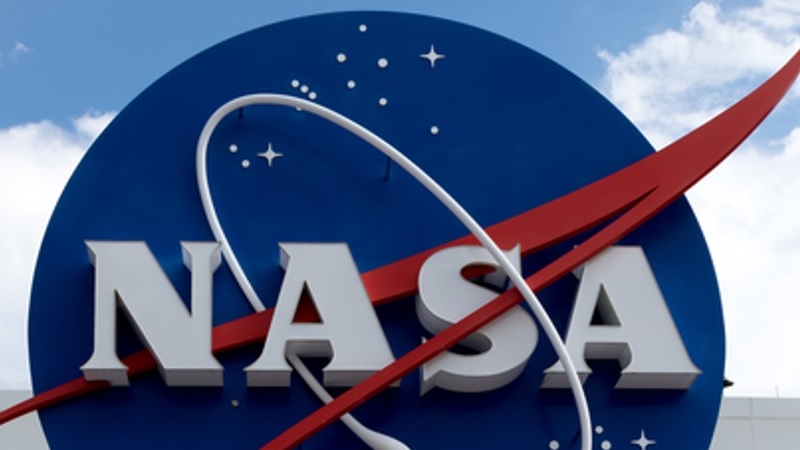
The NASA Innovative Advanced Concepts (NIAC) program has announced its latest round of awards to fund early-stage studies to evaluate technologies that could support future missions.
The latest round of awards will provide $175,000 grants to 14 studies from nine states – ten of which are first-time NIAC recipients.
“NASA dares to make the impossible possible. That’s only achievable because of the innovators, thinkers, and doers who are helping us imagine and prepare for the future of space exploration,” NASA Administrator Bill Nelson said in a statement. “The NIAC program helps give these forward-thinking scientists and engineers the tools and support they need to spur technology that will enable future NASA missions.”
The NIAC program is funded by NASA’s Space Technology Mission Directorate (STMD) and was established to explore technically credible, early-stage aerospace concepts. Since 2011, NIAC has funded ideas that at times may sound like science fiction, but – if successfully developed – just might be possible.
Under NIAC funding, awardees can investigate the physics of their concepts, roadmap necessary technology development, identify potential limitations, and look for transition opportunities to bring these concepts to reality.
“These initial Phase I NIAC studies help NASA determine whether these futuristic ideas could set the stage for future space exploration capabilities and enable amazing new missions,” said Michael LaPointe, program executive for NIAC at NASA Headquarters.
All NIAC studies are in the early stages of conceptual development and aren’t considered official NASA missions. The researchers selected to receive NIAC Phase I grants in 2023, their institutions, and the titles of their proposals are:
- Edward Balaban, NASA’s Ames Research Center in California’s Silicon Valley: Fluidic Telescope: Enabling the Next Generation of Large Space Observatories;
- Igor Bargatin, University of Pennsylvania in Philadelphia: Photophoretic Propulsion Enabling Mesosphere Exploration;
- Theresa Benyo, NASA’s Glenn Research Center in Cleveland: Accessing Icy World Oceans Using Lattice Confinement Fusion Fast Fission;
- Zachary Cordero, MIT: Bend-Forming of Large Electrostatically Actuated Space Structures;
- Peter Curreri, Lunar Resources, Inc. in Houston: Lunar South Pole Oxygen Pipeline;
- Artur Davoyan, University of California, Los Angeles: Pellet-Beam Propulsion for Breakthrough Space Exploration;
- Ryan Gosse, University of Florida, Gainesville: New Class of Bimodal Nuclear Thermal/Electric Propulsion with a Wave Rotor Topping Cycle Enabling Fast Transit to Mars;
- Congrui Jin, University of Nebraska, Lincoln: Biomineralization-Enabled Self-Growing Building Blocks for Habitat Outfitting on Mars;
- Mary Knapp, MIT: Great Observatory for Long Wavelengths;
- Quinn Morley, Planet Enterprises in Gig Harbor, Wash.: TitanAir: Leading-Edge Liquid Collection to Enable Cutting-Edge Science;
- Christopher Morrison, Ultra Safe Nuclear Corporation – Space, in Seattle: EmberCore Flashlight: Long Distance Lunar Characterization with Intense Passive X- and Gamma Ray Source;
- Heidi Newberg, Rensselaer Polytechnic Institute in Troy, N.Y.: Diffractive Interfero Coronagraph Exoplanet Resolver: Detecting and Characterizing all Earth-like Exoplanets Orbiting Sun-like Stars within 10 Parsecs;
- Stephen Polly, Rochester Institute of Technology in Rochester, N.Y.: Radioisotope Thermoradiative Cell Power Generator; and
- Ryan Weed, Positron Dynamics in Seattle: Aerogel Core Fission Fragment Rocket Engine.
